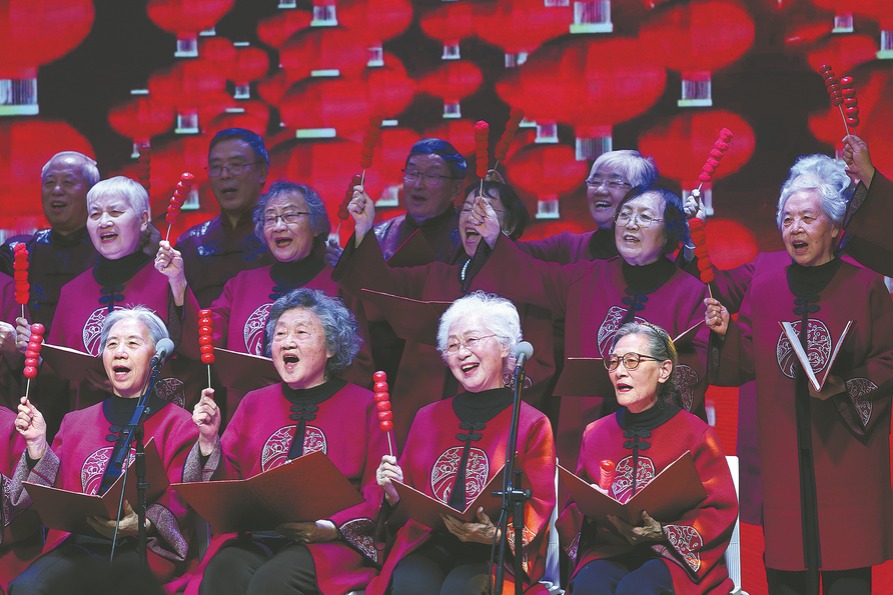Knitting together a legacy of wool


Textile tradition
The rich tradition of textile crafts in Puyuan dates back centuries. As early as the Southern Song period, the region began producing a type of silk widely known as puchou (Puyuan's silk).
This type of silk boasts a diversity of attributes, including fine texture, softness, vibrant colors and durability, making it a renowned product in history that was exported overseas.
From the middle of the Ming Dynasty (1368-1644), farmers in Puyuan gradually developed sericulture (silkworm cultivation), and silk weaving was their main livelihood.
Today, the prosperous woolen knitting scene in Puyuan can be traced back to the 1970s. In 1976, a local production cooperative in the town purchased three hand-operated flat-knitting machines and began producing woolen sweaters. After that, home workshops and factories for sweater production gradually sprang up in the area.
In 1988, 20-year-old native Chen Jiangen had been working as a bricklayer for four years. "Working as a bricklayer was very hard, working outdoors in scorching summers and freezing winters. I envied the workers in the sweater factory who could work indoors," Chen recalls.
One day, he learned that one of his uncles-in-law who used to work in a sweater factory owned a knitting machine that wasn't being used. So, he borrowed it and, within a week, working from dawn until midnight each day, he knitted over a dozen sweaters.
"At that time, many people around me earned only 50 yuan ($6.9) a month, and I made over 300 yuan in a week. I felt like I had struck it rich," Chen says.
He then hired one person to use the machine during the day while he worked through the night. So began his entrepreneurial journey with a borrowed knitting machine that operated nonstop for 24 hours a day.
The same year, Puyuan town raised funds from various sources to construct commercial buildings, laying the groundwork for the wool sweater market.
"From 1976 to the early 1990s, self-employed locals working in wool sweater production flourished," Chen says, adding that he viewed this as the first phase for Puyuan to develop into the largest domestic production base and distribution center for woolen knitwear.
Chen's business also grew rapidly. Soon, he got to open his own factory and expanded operations through several relocations.
"I remember in 1993, there were many buses from Shanghai, and the shops in the local wool sweater market were packed with people coming to make purchases," he recalls.
As his factory's production capacity increased, Chen gradually realized the importance of design. He discovered that if one focused solely on producing a particular popular style for a period without making changes, they would struggle to sell surplus inventory.
So, in 1997, Chen posted recruitment ads to hire designers.
He hired a young man named Shi Bo. But Shi quit and returned to his hometown in a small county in Jiangxi province within less than a year.
"At that time, it wasn't easy to find designers," Chen recalls.
Determined to recruit talent, Chen traveled to the small county where Shi lived, inquiring about Shi's whereabouts and eventually finding his home. He hoped Shi would return to Tongxiang to work. Shi was touched by Chen's persistence and decided to return to Tongxiang.
Later, this designer fell in love with the daughter of a workshop director in Chen's company, settled down in Tongxiang and established his own clothing company.
In 2000, Puyuan began construction on a large industrial park. The following year, the news of China's entry into the World Trade Organization boosted Chen's confidence. He then moved his factory to this industrial park and expanded it to nearly 3,900 square meters.
"In the 2000s, local wool-textile businesspeople began to inquire about enhancing brand influence and quality," Chen remarks.
"Previously, only industry insiders knew about Puyuan. We hoped that more consumers would likewise come to know about Puyuan."




































